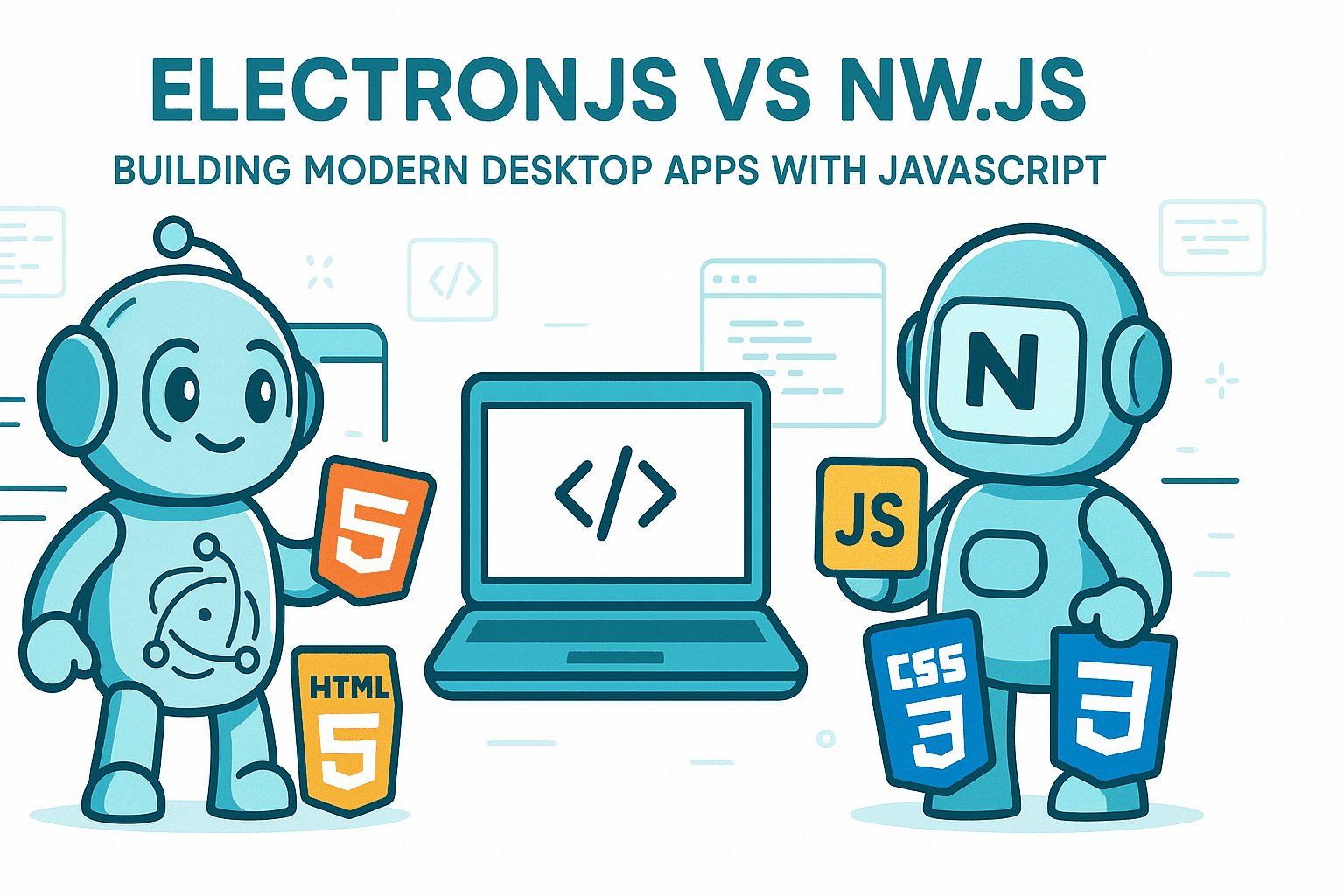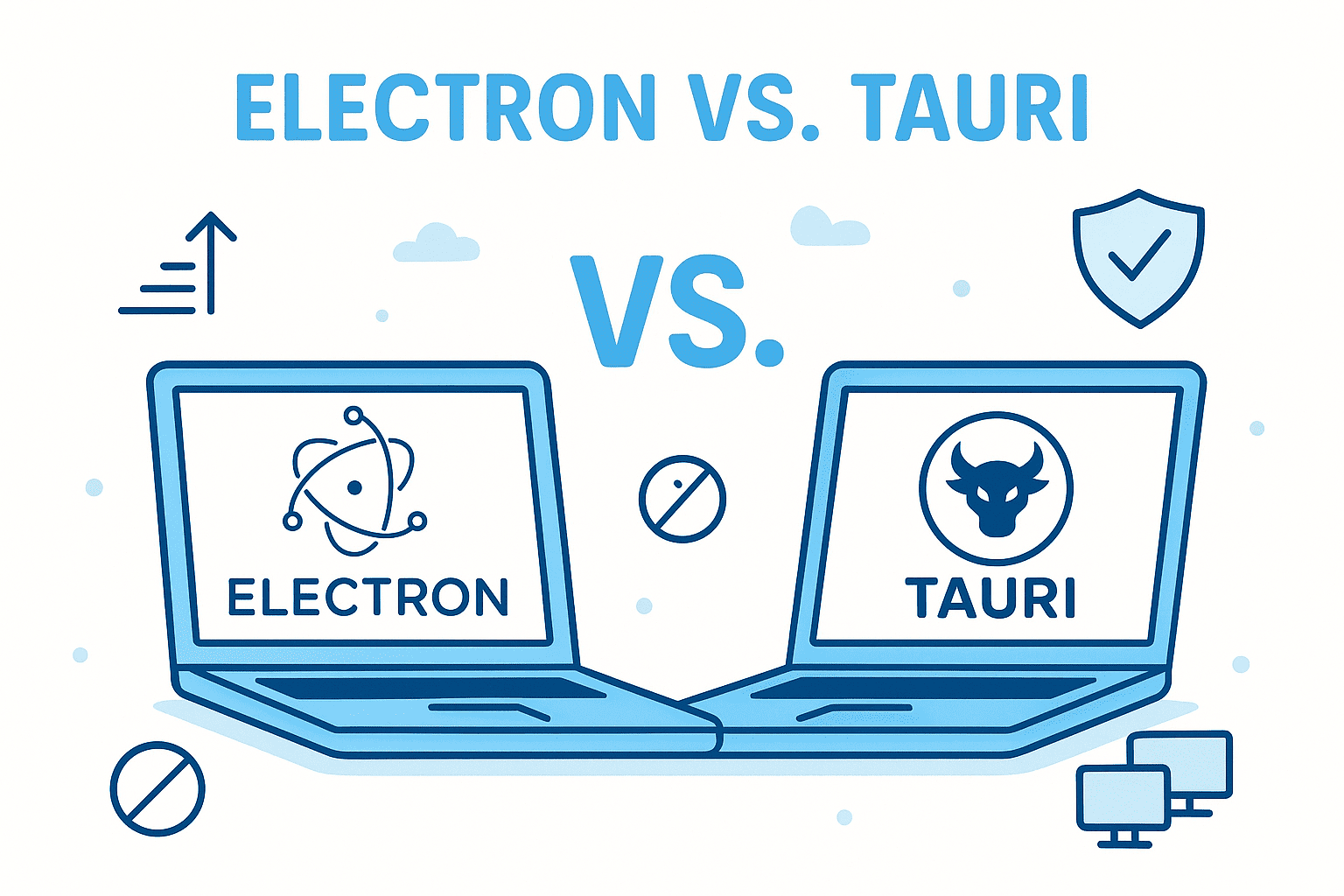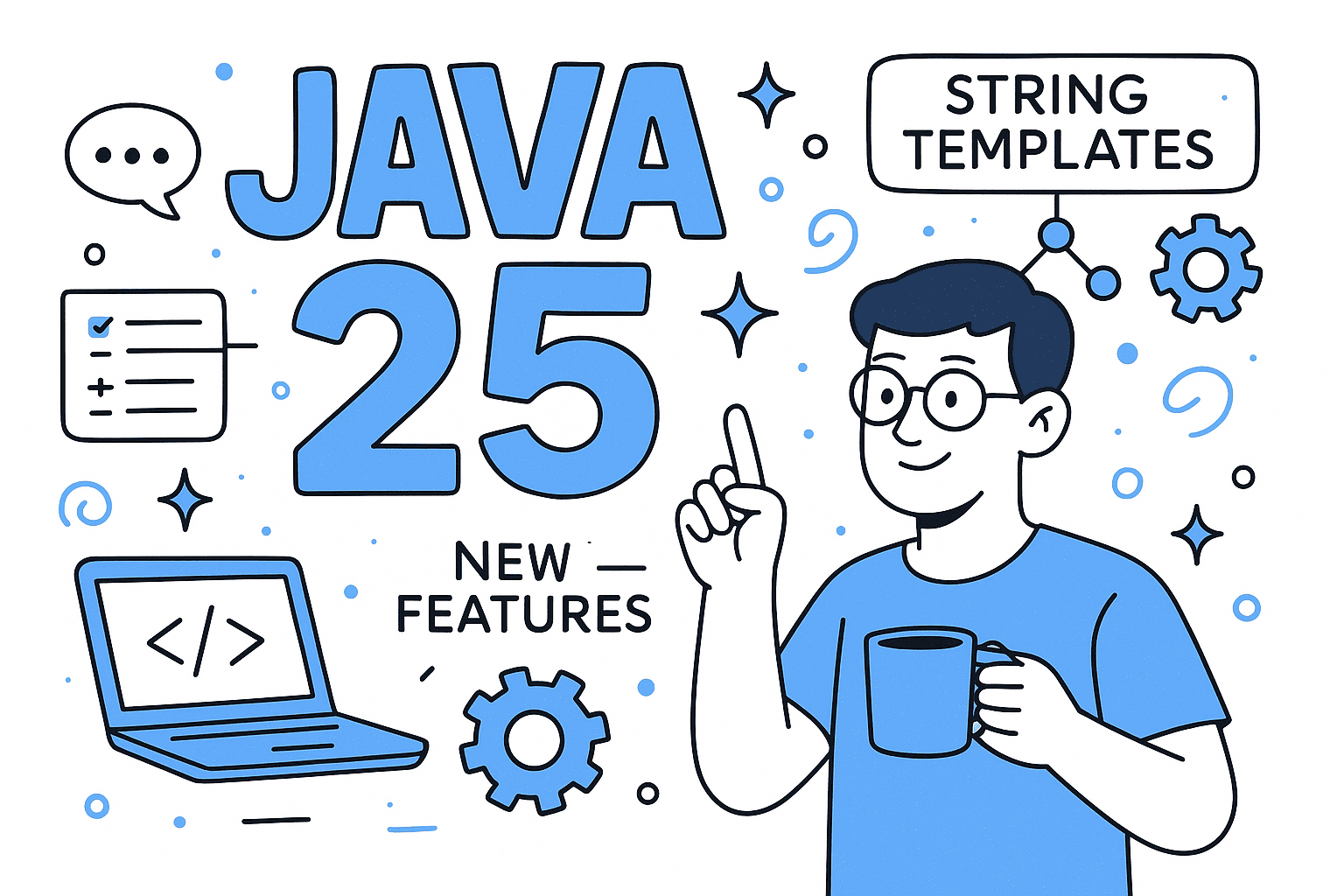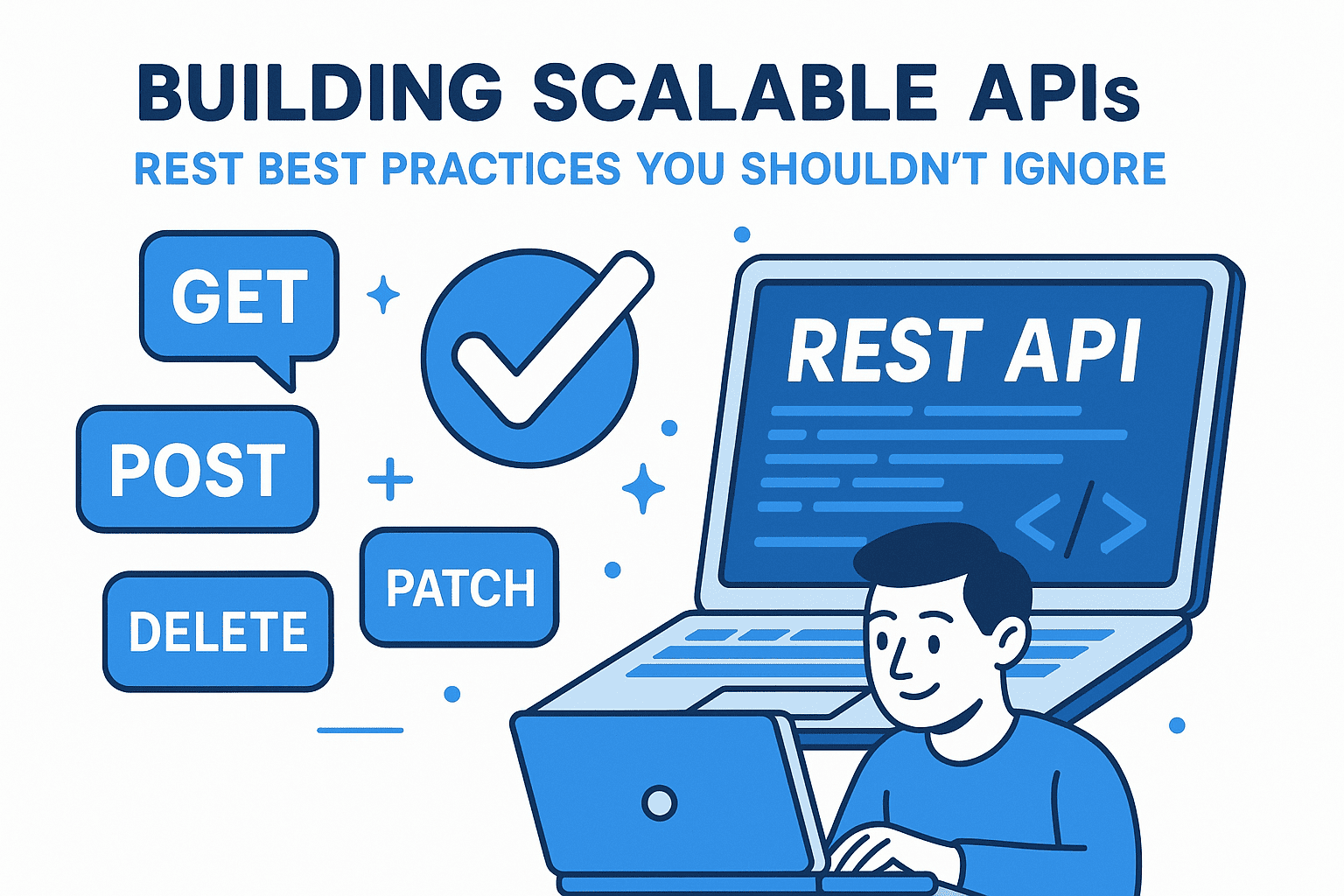Building a desktop application with web technologies (HTML, CSS, and JavaScript) has never been easier — but the real question is: Should you use ElectronJS or NW.js (Node-Webkit)?
Both frameworks empower developers to ship cross-platform desktop apps using familiar web stacks, yet they differ in architecture, performance, and developer experience.
In this guide, we’ll break down ElectronJS vs NW.js with code examples, performance insights, and practical recommendations.
Quick Overview
| Feature | ElectronJS | NW.js (Node-Webkit) |
|---|---|---|
| Architecture | Chromium + Node.js runtime (separate processes) | Web runtime with Node integrated into the same process |
| Entry Point | main.js (main process) launches a renderer window | package.json defines main HTML entry point |
| Integration Model | Node APIs exposed via IPC (Inter-Process Communication) | Node APIs directly accessible in DOM |
| Performance | Slightly higher memory usage, better stability | Lower startup time, heavier memory coupling |
| Community | Larger (used by VSCode, Slack, Discord) | Smaller, but older and stable |
| Use Case Fit | Large-scale, modular apps | Lightweight, quick prototypes or internal tools |
Architecture Differences
ElectronJS: Separation of Concerns
ElectronJS follows a multi-process model, similar to Chrome:
- The main process controls the app lifecycle and windows.
- Each renderer process runs web pages (your UI).
This separation ensures crash isolation and better debugging but introduces IPC complexity.
Example: main.js
const { app, BrowserWindow } = require("electron");
function createWindow() {
const win = new BrowserWindow({
width: 800,
height: 600,
webPreferences: { nodeIntegration: true },
});
win.loadFile("index.html");
}
app.whenReady().then(createWindow);
NW.js: Simpler, Integrated Model
NW.js embeds Node.js directly into the browser context, letting you call Node APIs from any script inside your webpage — no IPC required.
Example: package.json
{
"name": "nwjs-demo",
"main": "index.html",
"window": {
"width": 800,
"height": 600
}
}
Example: index.html
<!DOCTYPE html>
<html>
<head>
<title>NW.js App</title>
</head>
<body>
<h1>Hello NW.js</h1>
<script>
const fs = require("fs");
fs.writeFileSync("hello.txt", "Hello from NW.js!");
</script>
</body>
</html>
This simplicity makes NW.js excellent for rapid prototypes and internal tooling, but can be harder to maintain for large, modular apps.
Developer Experience
ElectronJS Advantages
- Powerful API ecosystem (auto-updates, crash reporting, tray, notifications).
- Backed by GitHub and OpenJS Foundation.
- Works seamlessly with TypeScript, React, Vue, and Vite.
- Easier CI/CD integrations (Electron Builder).
NW.js Advantages
- Instant Node access in browser — perfect for scripting-heavy apps.
- Faster to get started (no manual main process).
- Great for offline utilities, kiosks, and embedded dashboards.
Performance Considerations
| Metric | ElectronJS | NW.js |
|---|---|---|
| Startup Time | Slower due to process creation | Faster (single process) |
| Memory Footprint | Larger but stable under load | Smaller but shared resources |
| Security | Stronger isolation | Requires careful sandboxing |
| Build Size | ~150MB typical | ~120MB typical |
💡 Pro tip: For Electron apps, disable unnecessary Chromium features and preload only essential modules to optimize startup time.
Example: AI Chat Desktop App (with OpenAI API)
Let’s create a minimal AI chatbot desktop app with
ElectronJS
main.js
const { app, BrowserWindow, ipcMain } = require("electron");
const fetch = require("node-fetch");
ipcMain.handle("askAI", async (event, prompt) => {
const res = await fetch("https://api.openai.com/v1/chat/completions", {
method: "POST",
headers: {
Authorization: `Bearer ${process.env.OPENAI_API_KEY}`,
"Content-Type": "application/json",
},
body: JSON.stringify({
model: "gpt-4o-mini",
messages: [{ role: "user", content: prompt }],
}),
});
const data = await res.json();
return data.choices[0].message.content;
});
function createWindow() {
const win = new BrowserWindow({
width: 600,
height: 400,
webPreferences: { preload: "./preload.js" },
});
win.loadFile("index.html");
}
app.whenReady().then(createWindow);
preload.js
const { contextBridge, ipcRenderer } = require("electron");
contextBridge.exposeInMainWorld("ai", {
ask: (prompt) => ipcRenderer.invoke("askAI", prompt),
});
index.html
<input id="prompt" placeholder="Ask the AI..." />
<button onclick="ask()">Send</button>
<pre id="output"></pre>
<script>
async function ask() {
const prompt = document.getElementById("prompt").value;
const response = await window.ai.ask(prompt);
document.getElementById("output").textContent = response;
}
</script>
This example demonstrates how Electron handles secure AI integrations, isolating Node operations from the browser context — something NW.js does more directly but with more risk.
Packaging & Distribution
Electron
Use electron-builder:
npx electron-builder --mac --win --linux
Generates installers, icons, auto-updates, and more — perfect for production.
NW.js
Use nw-builder:
npx nwbuild --platforms win64,linux64,osx64 .
Smaller ecosystem, but still reliable for simpler deployment.
When to Choose Which
Choose ElectronJS if
- You’re building a complex, large-scale app (e.g., VS Code, Slack).
- You need auto-updates, crash reporting, or sandboxed security.
- You want strong community support and continuous maintenance.
Choose NW.js if
- You need fast prototyping or lightweight tools.
- You prefer Node-in-browser simplicity.
- Your app doesn’t rely heavily on modular security boundaries.
Final Verdict
Both ElectronJS and NW.js let you create desktop apps that feel native — but:
- ElectronJS: is the industry standard, ideal for scalable, production-ready applications.
- NW.js: remains a great choice for quick, integrated, or embedded use cases.
👉 Recommendation: Start with ElectronJS unless you have a specific reason to prefer NW.js’s simpler model.
🤝 Need a Custom RSVP System or Dashboard?
I help businesses build tools that actually work , even on tight deadlines.
Whether you're planning an event, need internal tools, or want a custom dashboard for your team , I can help.
Reach out
📧 Email: safi.abdulkader@gmail.com | 💻 LinkedIn: @abdulkader-safi | 📱 Instagram: @abdulkader.safi | 🏢 DSRPT
Drop me a line, I’m always happy to collaborate! 🚀



